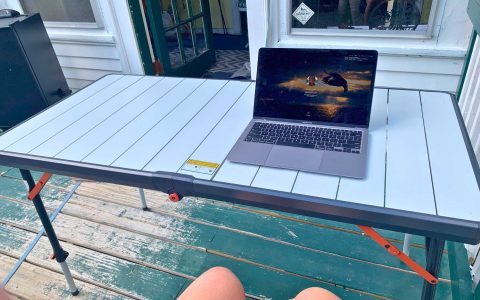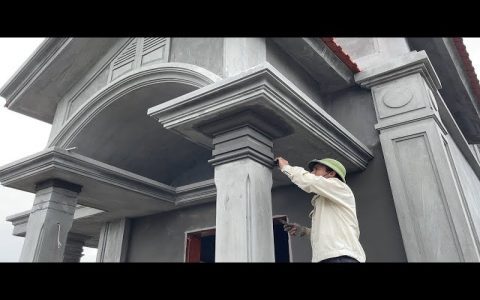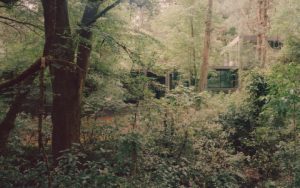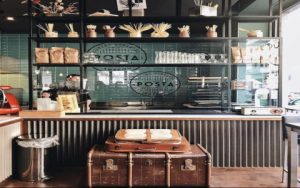Transform ordinary gatherings with mesmerizing floating table effects using common materials. Master these professional-grade techniques for visually stunning, budget-friendly moments.
Core Principle: Magnetic Repulsion Method
Harness magnetic fields to create stable, controlled levitation essential for flying tables. Requires precise setup.
- Key Components: Neodymium magnets (ring & disc), robust adhesive, rigid table base, lightweight tray/board
- Critical Setup: Adhere ring magnet securely to fixed base. Ensure opposite poles face each other for repulsion.
Precision Balancing Procedure:
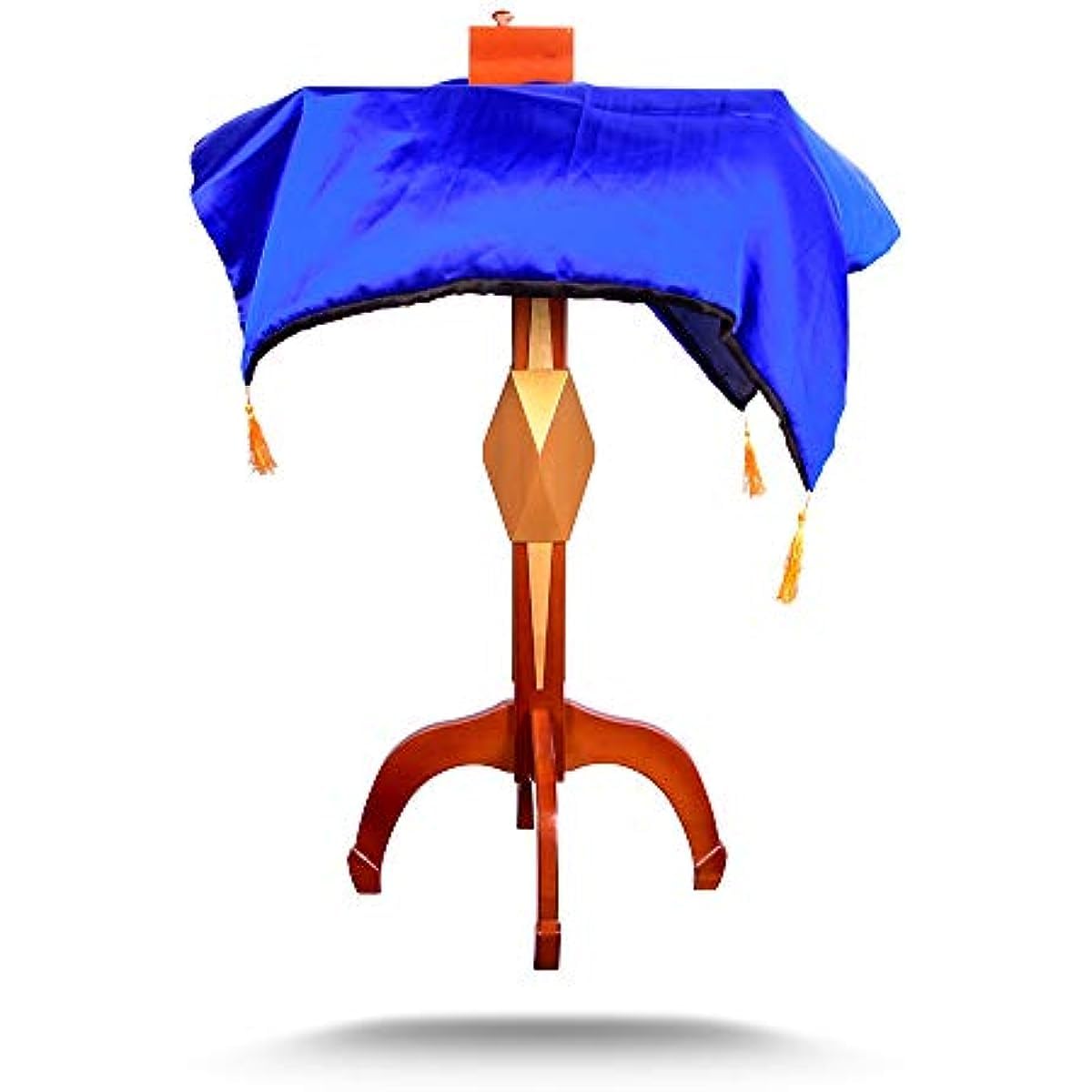
- Fix disc magnet to tray underside with reinforced adhesive.
- Position tray magnet precisely above base magnet.
- Test repel force carefully. Add weight incrementally until equilibrium suspension occurs.
Safety Essential: Ensure setup is inaccessible to prevent magnet swallowing. Supervise continuously during events.
Filament Suspension Technique
Create illusion of flight through invisible weight transfer using high-tensile filaments.
- Material Requirements: #50+ monofilament, fast-curing epoxy, robust ceiling hooks.
- Rigging Strategy: Affix line centrally to table underside using epoxy-reinforced anchors.
Angled Suspension Protocol:
- Route filament toward walls at ≤30° angles reducing visibility.
- Apply tension gradually using fixed anchor points.
- Triangulate multiple lines if stability required during dynamic loading.
Professional Tip: Low-light environments significantly enhance suspension illusion efficacy.
Physics-Assisted Balancing Act
Exploit gravitational torque by strategic counterweight deployment.
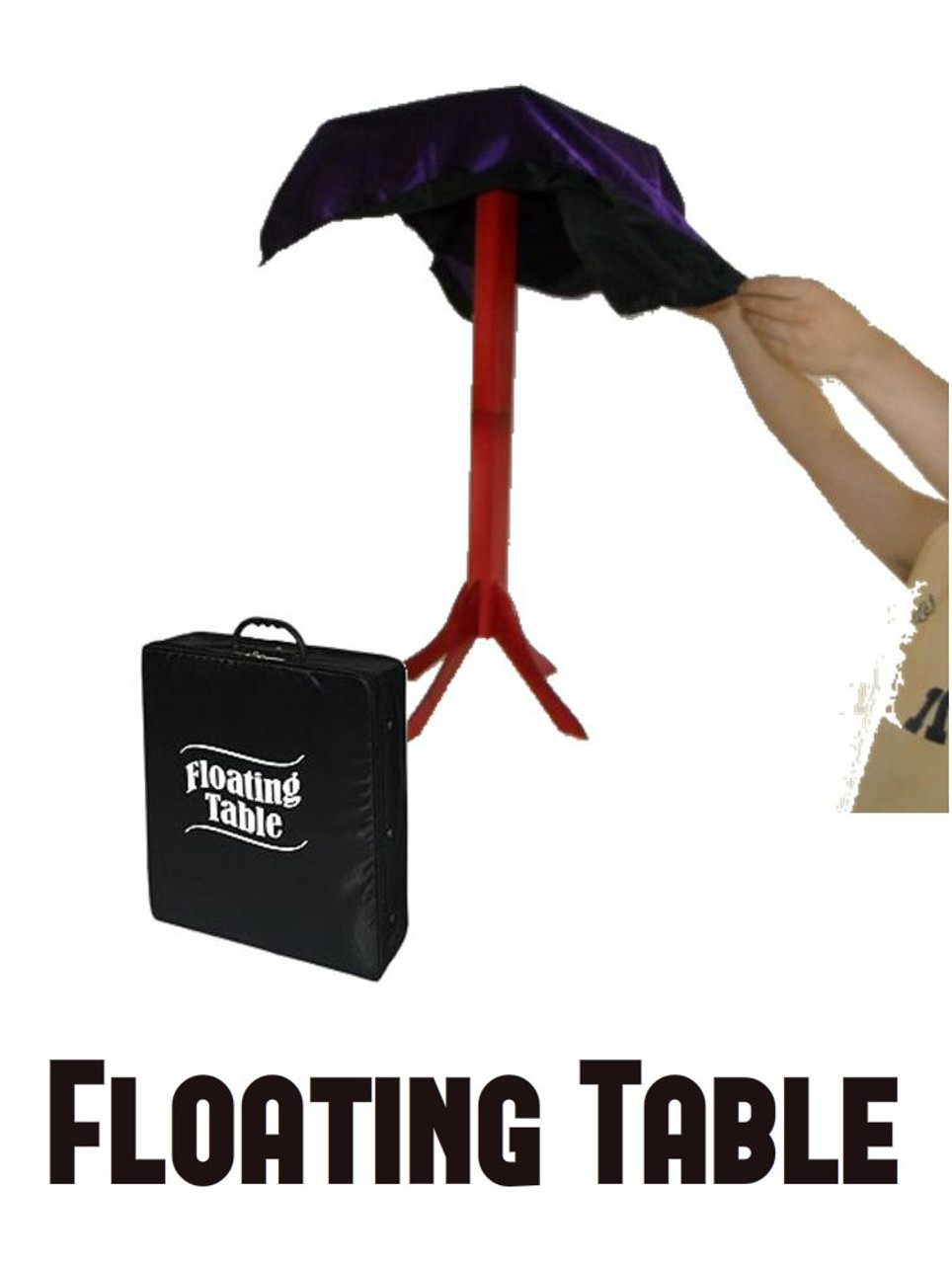
- Implementation: Counter-sink weight below pivot point using stable fulcrum (lazy susan recommended).
- Weight Optimization: Add mass incrementally to underside counterbalance until minimal force enables movement.
Stabilization Protocol:
- Use wide-base assemblies to prevent tipping.
- Apply low-friction material at pivot interface.
- Maintain center of gravity below rotation axis for stable oscillation.
Critical Safety & Enhancement Protocols
Structural Validation: Test all connections at ≥150% intended load before implementation. Verify anchorage pull-out strength.
Material Best Practices:
- Elect UV-resistant filament for outdoor applications.
- Apply epoxy to clean, abraded surfaces for maximum bond strength.
Atmospheric Optimization: Utilize fog/haze machines to increase visibility angles for suspension setups. LED uplighting dramatically enhances floating perception. Continuous safety monitoring is mandatory for all installations.

